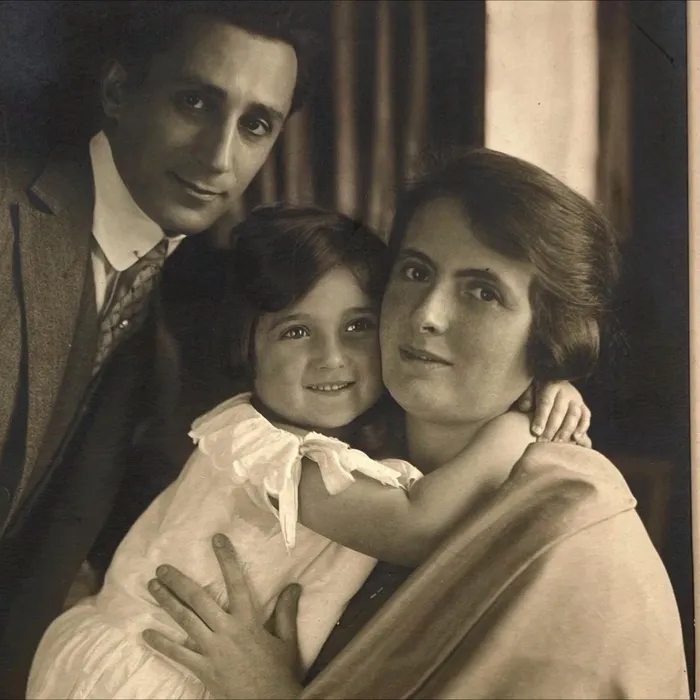Editor’s Note: Ken Ballen has spent more than three decades as a federal prosecutor, counsel to three congressional investigations and president of a nonprofit organization countering extremism. The views expressed in this commentary are his own. View more opinion on CNN.CNN —
There is a powerful moral and legal precedent for the federal prosecution of former President Donald Trump over the January 6, 2021 insurrection at the US Capitol. Now largely forgotten, it’s worth recalling that history so we can apply its lessons today.
As chief counsel to the special investigative committee of the US Senate Committee on Indian Affairs, I led an investigation into Peter MacDonald, then-chairman of the largest tribe in the country. MacDonald, the head of the Navajo Nation, incited a riot to overthrow his democratically elected tribal government in July 1989 and was convicted and sentenced to more than 14 years in federal prison.
The parallels between MacDonald’s case and the 2021 insurrection are startling. They require the prosecution of Trump over his role on January 6 if the rule of law is to apply equally to all Americans.
According to well-established precedent, the chairman of a tribe has a hybrid legal status, similar to the head of state of a foreign nation in some respects, and a governor of a US state in others.
Under the US Constitution and case law, tribes are considered “domestic dependent nations,” so that their authority over tribal members and territory is more akin to that of a sovereign nation. However, since tribal chief executives are still subject to federal law, they function in that regard like the governor of a US state. Within this unique and complex arrangement, a tribal chief executive may be considered to have the closest legal status to the president of the United States.
In Senate hearings during the winter of 1989, our special investigative committee exposed MacDonald’s widespread corruption. Faced with overwhelming and indisputable evidence, the Navajo Tribal Council, which functions like Congress, voted to remove MacDonald from power.
MacDonald refused to accept the democratically elected council’s decision. As with Trump after the 2020 election, MacDonald kept asserting that he was the legitimate ruler and those who said otherwise were illegitimate and unlawful usurpers, thereby justifying any means necessary to restore the chairman to power.
On April 7, 1989, in a precursor to the riot of July, MacDonald instructed his staff to create a “show of force” at tribal headquarters. “If they want to fight, let them fight,” MacDonald said. Similarly, Trump said on January 6, “We fight like hell. And if you don’t fight like hell, you’re not going to have a country anymore.”
Finally, on July 20, MacDonald asked his followers to help him reclaim his rightful position as chairman. He told his fervent supporters to “take the government back.” Trump seemed to echo him in telling his followers on January 6, “you’ll never take back our country with weakness.”
Later in the day of July 20, MacDonald’s supporters stormed the tribal government headquarters in Window Rock, Arizona. Navajo police bravely tried to protect the legislators and others inside, but the rioters brutally attacked the police (just as Trump’s supporters did on January 6), forcing their way inside the tribal government building. In the resulting riot, five people were shot, including one Navajo police officer, and two protesters died.
The Department of Justice subsequently charged MacDonald with a conspiracy to overthrow the Navajo government by means of burglarizing the tribal government building and assaulting and kidnapping Navajo police officers.
After a nearly four-month trial, the jury convicted MacDonald of conspiracy and burglary. The judge sentenced him to more than 14 years in federal prison, stating that MacDonald refused to accept his removal from power and had participated in a conspiracy to take back his office by any means. MacDonald’s “lust for power,” the judge concluded, had led to two deaths.
Affirming MacDonald’s conviction, the 9th Circuit Court of Appeals ruled that “Section 371 (the conspiracy statue under which he was convicted) is a federal criminal statue of nationwide applicability, and therefore applies equally to everyone anywhere within the United States.”
Repeated requests were then made to President Bill Clinton to pardon MacDonald. Clinton declined, and only after MacDonald had served more than half of his sentence in federal prison and underwent triple bypass surgery, did the president, at the very end of his term in office, decide to commute MacDonald’s sentence to time served.
In an odd case of history rhyming, MacDonald later met another president. Trump hosted MacDonald at the White House in 2017 during an event honoring Navajo code talkers, who helped the US win World War II.
Did Trump know of MacDonald inciting a riot to reclaim power when the president praised him that day in 2017? Did he know what MacDonald had told his most loyal followers, words that so uncannily preceded Trump’s own on January 6, 2021?
Either way, if the rule of law applies to the chief executive of the largest Indian nation in the United States for inciting a riot to overthrow his tribal government, then it surely applies to the chief executive of the United States for similar conduct that resulted in the loss of life.
We must conclude in the former president’s case what the prosecutor did in MacDonald’s: in the United States of America, no person is above the law.




